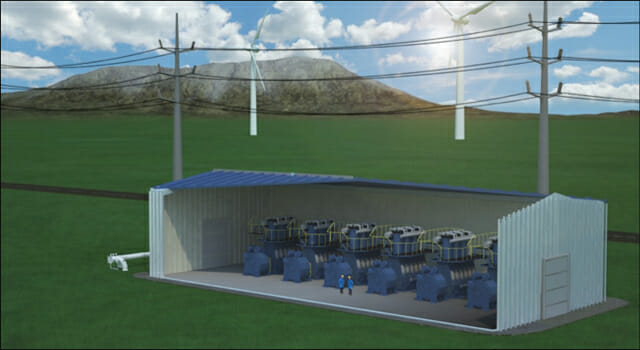- Course No E – 1514
- PDH Units 6.00
No data found for Custom Course Number
No data found for Custom Course Units
- Course No E – 1514
- PDH Units 6.00
Intended Audience: electrical, mechanical, and civil engineers concerned about the development and feasibility of increasing the use of renewables
PDH UNITS: 6
If renewable energy resources are to reduce our reliance on fossil-fuel power-plants for generating electricity, some means of storing large amounts of energy must be developed to generate electricity during times when the renewable energy resources are not available, for example, when the sun does not shine or the wind does not blow. Two common types of bulk energy storage are compressed air energy storage (CAES) and pumped storage hydropower (PSH). The present course provides a brief description of conventional CAES and PSH technologies including their current status as well as an overview of the general limitations of each technology. The course then introduces eight new PSH and nine new CAES technologies. The “newness” of the technologies ranges from technologies that are new to the United States (but present in a foreign country) to technologies that are futuristic (in very early stages of development). The business characteristics, electric grid characteristics, suitable applications, and feasibility of each of the novel technologies are described. Finally, the course identifies the technological gaps and barriers to commercialization, outlines future research and development needs, and recommends a focus for future efforts. This course is based on the Sandia Report, SAND2011-3700, "Characterization and Assessment of Novel Bulk Storage Technologies” by Poonum Agrawal, et al., May, 2011.
Learning Objectives
- Status and limitations of conventional PSH technology
- Status and limitations of conventional CAES technology
- Permitting issues related to bulk storage systems
- Methodology for choosing bulk energy storage applications
- Applications recommended for bulk storage
- Description of eight novel PSH technologies
- Description of nine novel CAES technologies
- PSH gaps, barriers, and R&D needed
- CAES gaps, barriers, and R&D needed
Once completed, your order and certificate of completion will be available in your profile when you’re logged in to the site.










